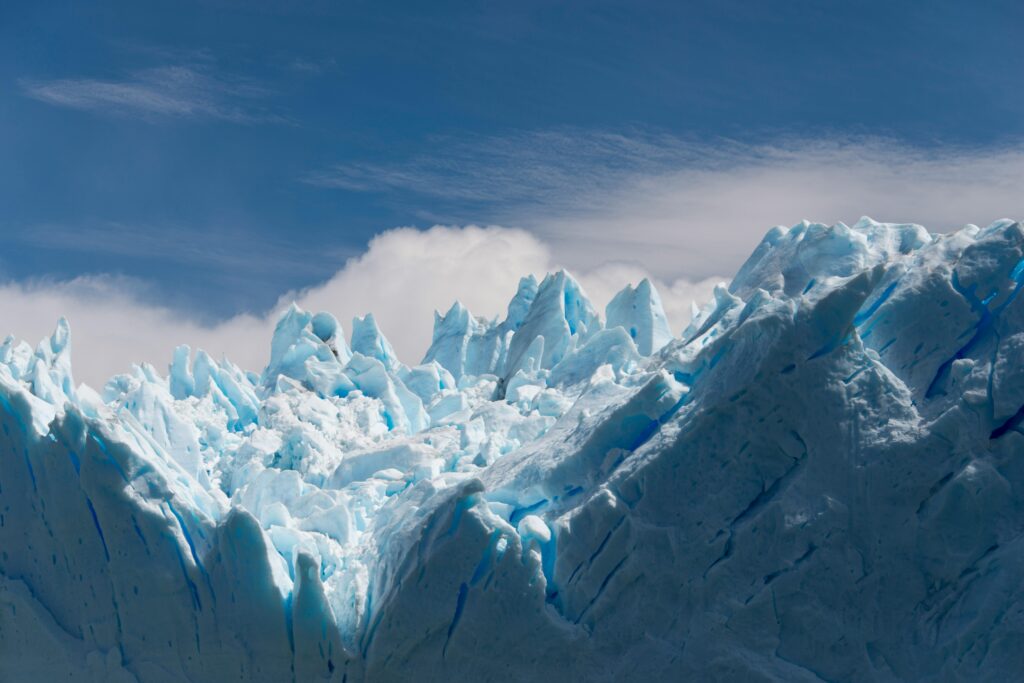Harsh Climates

Watch your Lens
Photographing wildlife in extreme environments — whether scorching deserts, freezing tundra, rain-soaked jungles, or high mountain passes — requires preparation. These climates test both your endurance and your equipment. But when done right, they often lead to the most powerful, raw, and unforgettable shots.
Hot & Dry Environments
Cold & Icy Conditions
Rain & Humid Forests
High Altitudes
Final Tips
Extreme conditions often lead to extraordinary moments. If you go prepared, you’ll not only protect your gear — you’ll capture images that carry the wild, raw energy of the place itself.
Hot & Dry Environments
- Use sealed lens covers and dry bags to protect against dust.
- Avoid shooting at midday — early mornings and evenings offer better light and more animal activity.
- Carry plenty of water, and bring a cloth to cool down hot gear if needed.
- Wear breathable, light-colored clothing and sun protection (hat, scarf, sunscreen).
- Shoot from shaded spots to avoid heat distortion in your images.
Cold & Icy Conditions
- Keep extra batteries in an inside pocket — cold drains them quickly.
- Bring a dry cloth for wiping off condensation and snowflakes.
- Don’t breathe directly on the lens — it can fog and freeze instantly.
- Layer gloves: thin inner gloves for operating your camera, thicker ones for warmth.
- Allow your camera to warm up gradually indoors to avoid moisture buildup inside.
Rain & Humid Forests
- Use waterproof camera covers or a dry bag — even for short walks.
- Bring multiple microfiber cloths for constant lens and viewfinder cleaning.
- Pack silica gel packs to reduce moisture buildup in your bag.
- Wear quiet, water-resistant clothing to avoid startling wildlife with noise.
- Turn off your gear and dry it fully before storing it after exposure to heavy rain.
High Altitudes
- Drink water regularly and pace yourself — altitude affects stamina.
- Carry only essential gear; weight matters more up high.
- Use UV filters or lens hoods — sunlight is stronger at elevation.
- Expect animals to be more alert and elusive — approach quietly and slowly.
Final Tips
- Always check local weather forecasts before heading out.
- Bring a basic repair kit: lens cloth, brush, zip ties, tape, and weatherproof bags.
- Prioritize safety. A missed photo is better than a damaged camera — or a dangerous hike.
Extreme conditions often lead to extraordinary moments. If you go prepared, you’ll not only protect your gear — you’ll capture images that carry the wild, raw energy of the place itself.
